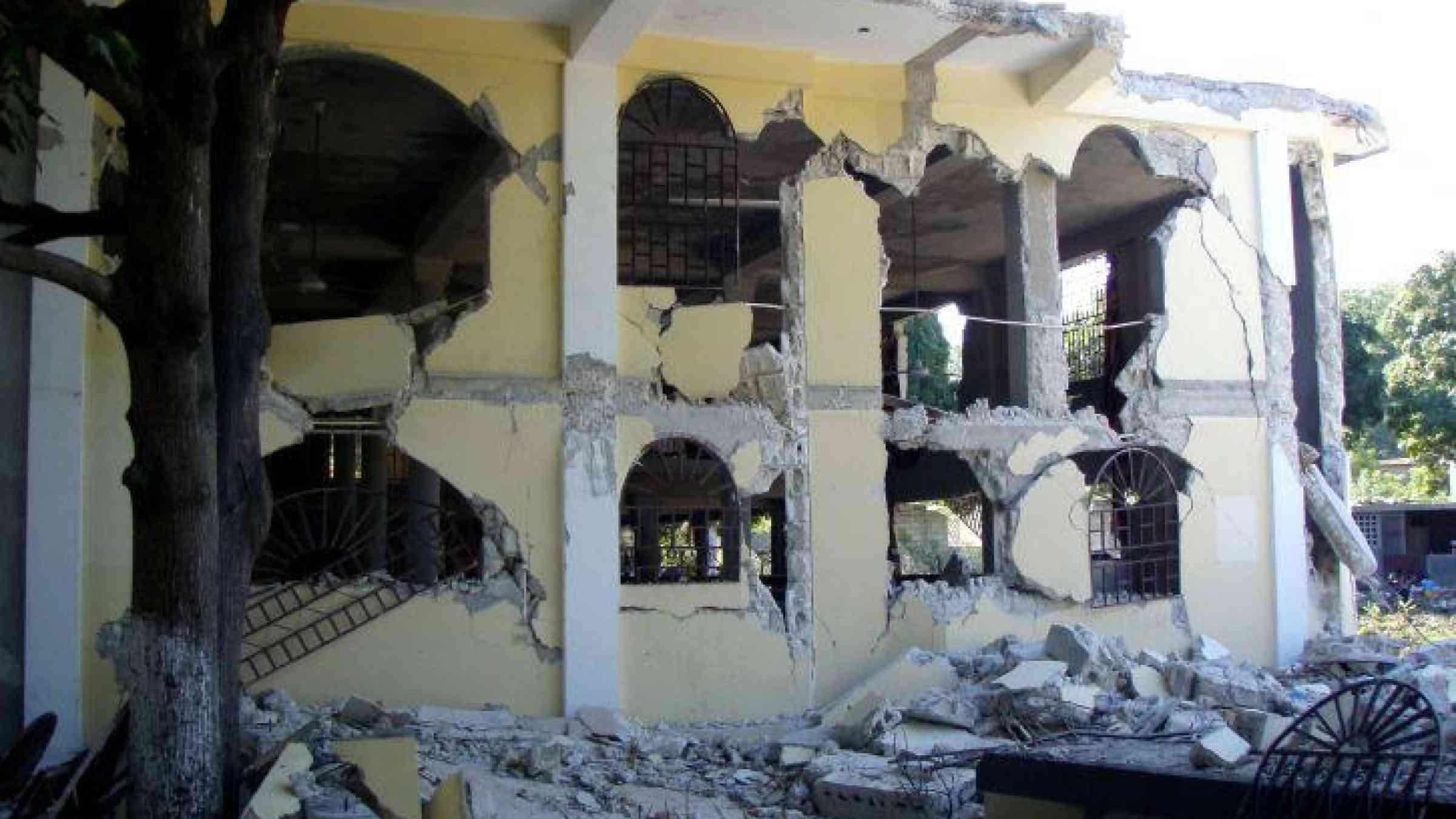
By Ana Campos Garcia and James P. Newman
With all the other hazards facing Africa, it’s easy to forget that East Africa is home to the 6000-km long Rift Valley System—the largest continental seismic rift system on earth. The sub-region covers 5.5 million km2 and is inhabited by about 120 million people.
The Rift Valley is not subject to the high-magnitude earthquakes that we see along subduction zones, such as those in the Ring of Fire—the area in the basin of the Pacific Ocean known for its many earthquakes and volcanic eruptions—which can produce catastrophic consequences, as we’ve just seen in Indonesia. In the Rift Valley, residents have not experienced a high-magnitude earthquake in their lifetime, leading many people to deduce that the seismic risk is low or non-existent.
This is not the case; even a medium-magnitude earthquake—with a magnitude between 5.0 and 6.0—can cause devastating losses in the Rift Valley, due to the inherent vulnerability of the region:
- Building quality in the Great Rift Valley Region is often quite low, as informal housing and non-engineered buildings predominate. Such vulnerable structures – when subject to even moderate shaking – put a great number of people at risk.
- There are more than 30 million urban poor who live in the Rift Valley, and the number could increase to 60 million by 2050. When an earthquake does occur, the urban poor are the most vulnerable to shocks and disruptions to their lives.
These vulnerabilities came into focus in September 2016 in Tanzania, where a magnitude 5.9-earthquakecaused a surprising amount of damage and disruption, killing 20 people and leaving 269 others injured.
When examining recent quakes across the region, the earthquake in Tanzania was not an isolated incident. In 2016, a magnitude 4.3 earthquake hit Ethiopia. In 2009, a magnitude 6 earthquake hit Malawi and another magnitude 5.6 earthquake hit the country in 2018. In 2006, a magnitude 7 earthquake struck Mozambique and, in 2018, a magnitude 5.9 earthquake struck again. In 2017, a magnitude 5.7 earthquake also hit Uganda.
In fact, preliminary studies have begun to estimate how expanding cities and vulnerable buildings are increasing risk in the Rift Valley. In 1989, a 6.2-magnitude earthquake that struck Malawi killed 10 people and caused $28 million in economic losses. The same event today could kill as many 1,500 people and cause up to $250 million in losses.
How countries are working to manage seismic risk
With the region’s growing urbanization in seismic prone areas, the World Bank and the Global Facility for Disaster Reduction and Recovery (GFDRR), through support from the European Union (EU)-funded Africa, Caribbean, Pacific-EU Africa Disaster Risk Financing Initiative managed by GFDRR, hosted the RIFT2018 - Regional Seismic Risk and Resilience Workshop in Nairobi from September 19-21 to take stock and support country efforts to identify risks and take action on risk management.
Thirty-five officials from Kenya, Ethiopia, Malawi, Mozambique, Tanzania, and Uganda shared their experiences and worked with international experts from Los Andes University in Colombia, Bristol University in the UK, Addis Ababa University in Ethiopia, the government of Jamaica, and the private sector to strategize and take advantage of opportunities to reduce their seismic risk. Since attending the Seismic Risk and Resilience Technical Deep Dive in March 2018, Kenya and Malawi have already started working on enhancing their building regulations for resilience, while also pursuing innovative financial protection strategies, including the World Bank’s Catastrophe (Cat) Deferred Drawdown Option (DDO)—Cat-DDO—disaster-linked contingent credit mechanism.
Seismic risk in the region is growing, driven by increasing exposure and unaddressed vulnerability. Practical efforts—national seismic risk zonation, building regulation, and enhanced designs for resilient infrastructure—will be more critical than ever in saving lives and improving the living conditions of people whose lives have been, and will be struck by disaster.